About this trip
A 15-day Birding in Guyana Tour which is moderate paced and great for birders. Guyana is a small country on the north coast of South America but is one of the region’s best birding destinations. Surrounded by Suriname, Venezuela, Brazil and the Atlantic Ocean to the north, it is the only English-speaking country on the continent and home to over 900 species of birds, including many of the Guiana Shield endemics.
With its low coastal belt, hilly sand and clay region, vast savannahs, forested highlands and pristine rainforest and rivers, The country has become a hot spot for birders from around the world keen to see its easily accessible birdlife. Whether looking for the bright and colourful Guianan Cock-of-the-rock, the prehistoric Hoatzin, the Guianas Shield endemic Blood-coloured woodpecker or the magnificent Harpy Eagle, Guyana should be your first choice.
Our expert local and indigenous guides have a wealth of knowledge of the birds in Guyana, their mating rituals, vocalization and habitats. They are eagerly waiting to take you on what is sure to be an exciting birding adventure.
Mahaica River
The Mahaica River in Guyana is such a gem! Flowing gracefully from the highlands to the Atlantic, it’s the heart of many local communities. Imagine fishing along its banks or spotting the playful West Indian Manatee. Let’s cherish and protect this beauty for the next generations to enjoy. Cheers to the lovely Mahaica!
Activities & Highlights
- Bird Watching
- Sight Seeing
- Animal Spotting
- Kaieteur Falls
- Trail walks
- Riverboat trips
- Remote jungle lodge
- Harpy Eagle
- Victoria Amazonica
- Guianan Cock-of-the-rock
- Iwokrama Canopy Walkway
Itinerary
Arrival in Guyana. Transfer to Georgetown. Overnight at El Dorado Inn.
Chartered flight to Kaieteur Falls, the world’s tallest single-drop waterfall. Continue journey over dense forest to Iwokrama, home to many bird species including Capuchin bird, Black Nunbird and Chestnut-rumped Woodcreeper. After dark, set out on the river, in hope of sighting noctornal birds, reptiles and mammals. Overnight at Iwokrama River Lodge.
Making an early start, embark on the Essequibo and circumnavigate nearby Indian House Island. Hike Turtle Mountain for incredible views across the forest canopy or if too strenuous, take a boat trip to Stanley Lake to search for Giant River Otters and Black Caiman. Overnight at the Iwokrama River Lodge.
Transfer before dawn to visit a special habitat area known as Mori scrub, which supports an unusual assemblage of birds and other mammals. Transfer by vehicle along the trail, one of the best places to see the elusive Jaguar, to the Iwokrama Canopy Walkway and Atta Rainforest Lodge. Visit the Iwokrama Canopy Walkway and explore the surrounding trails. Overnight at Atta Rainforest Lodge.
Before dawn, return to the canopy to look for the Rufous-throated Sapphire, Green Aracari, Pygmy Antwren, Guianan Streaked-Antwren, Guianan Toucanet, Pompadour Cotinga, Buff-cheeked Greenlet, and other crown specialists. Enjoy wildlife birdwatching walks on the trails to look for the rarely seen Rufous-winged Ground-cuckoo, as well as many other bird species, stunning insects, noisy amphibians, and playful primates. Deer, Tapir, and Agouti are also regular visitors to the lodge. Night walks are also possible. Overnight at Atta Rainforest Lodge.
Welcome the dawn chorus from the canopy walkway. Transfer to the Guianan Cock-of-the-rock trail and continue to the community-owned and operated Surama Eco-lodge. After dark educational walk to observe wildlife and experience the forest, looking for creatures of the night. Overnight at Surama Eco-lodge.
Rise before dawn for a walk across the savannah and then climb up Surama Mountain for incredible views across the village and savannah to the Pakaraima Mountains. After lunch, embark on a three mile hike across the savannah and through the rainforest to the Burro Burro River. Your guides will then paddle you on the river for opportunities to observe Giant River Otters, Tapir, Tayra, Spider Monkeys and many more species. Overnight at Surama Eco-lodge.
Enjoy dawn breaking across the rainforest. You can choose from a forest walk to look for wildlife and birds or relax around the lodge. Transfer from Surama Eco Lodge to Karanambu Lodge. Late afternoon boat trip to look for wild Giant River Otters and to see the giant Victoria amazonica waterlily, bloom at dusk. Overnight at Karanambu Lodge.
An early start to an area of rolling grasslands, home to giant anteaters. Evening river excursion or hike to explore the woodland patches or gallery forest along the river, where we’ll hope to find a variety of species. A feature bird for the area is the Agami Heron. An evening walk along the airstrip offers seven species of nightjar and among the grasslands, the Double-striped Thick-knees. Overnight at Karanambu Lodge.
Depart for the village of Karasabai, searching for the highly endangered Sun Parakeet, a Guianan Shield Endemic. Along the way, we will keep an eye out for Pinnated Bittern and Double-striped Thick-knee as well as Jabiru, Maguari Stork, Great Black-hawk, Aplomado Falcon, Plain-breasted Ground-dove, Black-crested Antshrike, Orange-backed Troupial, Plumbeous Seedeater, Rufous-browed Peppershrike, Pale-eyed Pygmy-Tyrant and Yellow-breasted Flycatcher. The journey continues towards Lethem. Overnight at Ori Hotel.
An extremely early start, traveling south of Lethem to look for the highly endangered Red Siskin, American Wood Stork, Buff-necked Ibis, White-tailed Hawk, Red-bellied Macaw, White-fringed Antwren, Yellow-bellied Elaenia and Red-breasted Blackbird. Return to Lethem. Overnight at Ori Hotel.
Today, we will focus on two birds which have seemingly always had restricted ranges, the Hoary-throated Spinetail and Rio Branco Antbird. During the trip, we are likely to encounter species such as Capped Heron, Muscovy Duck, Pale-legged Hornero and various hirundines while traveling. Transfer from Ori Hotel to Lethem. Scheduled flight to Eugene F. Correia International Airport. Transfer to Georgetown and overnight at El Dorado Inn.
Before dawn travel eastward to Mahaica River, an excellent riverfront ecosystem inhabited by flocks of egrets, herons, ibis, Blood-coloured Woodpecker, Rufous Crab-Hawk, various marsh tyrants, and Guyana’s national bird, the Hoatzin. Sunset birding on the Demerara River as we enjoy flocks of brilliant Scarlet Ibis, Snail Kites, Herons, and three kinds of Egrets. Overnight at El Dorado Inn.
Early transfer to the extensive Georgetown Botanical Gardens, where you will have the opportunity to see some of the most amazing birds in the world, including the Blood-coloured Woodpecker, Snail Kite and Red-bellied Macaw. You will also get to experience the unique wildlife of Guyana by feeding some manatees. Pickup and transfer to Cheddi Jagan International Airport for your departing flight.
Group Discount
| Minimum Person | Price (USD)/Person |
|---|---|
| 6 Persons | $9,705 |
| 4 Persons | $8,120 |
Inclusion
Included
- Airport transfers
- Double or twin accommodation
- Meals as listed
- All road & river transfers
- Internal flights
- Activities as described
- Local guides
- Value Added Tax
- Kaieteur National Park Fee
- Iwokrama Forest User fee
- Iwokrama Canopy Walkway Fee
Not Included
- Items of a personal nature
- Alcoholic drinks
- International flights
- Visa
Terms & Conditions
Essential Information
Click here to download essential information about this tour




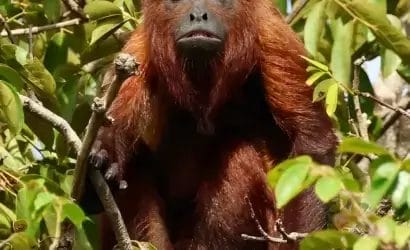


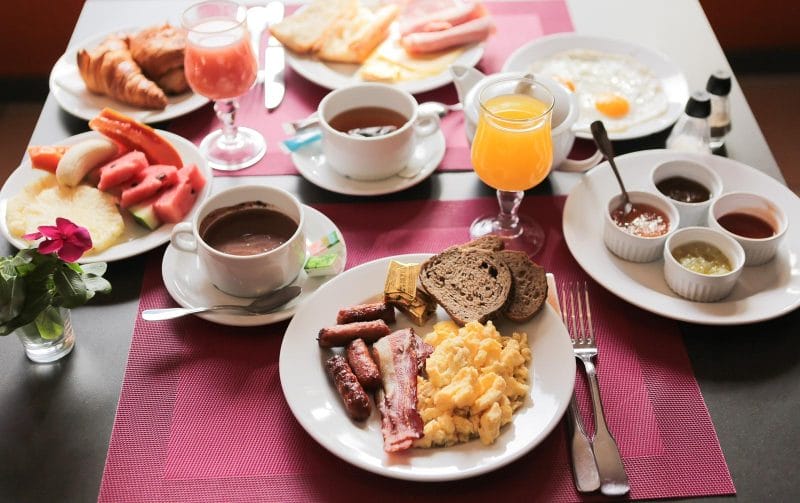
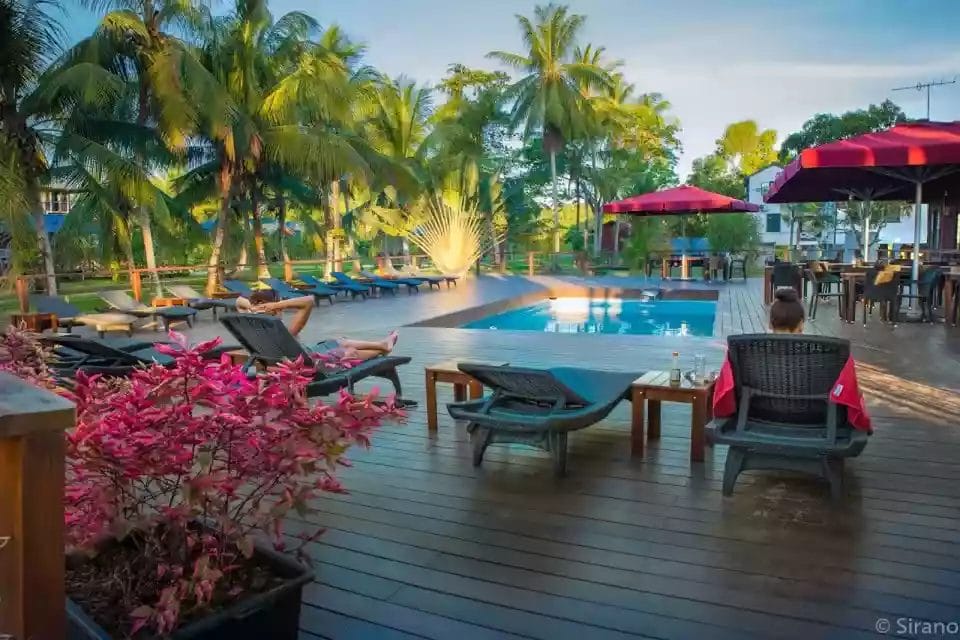

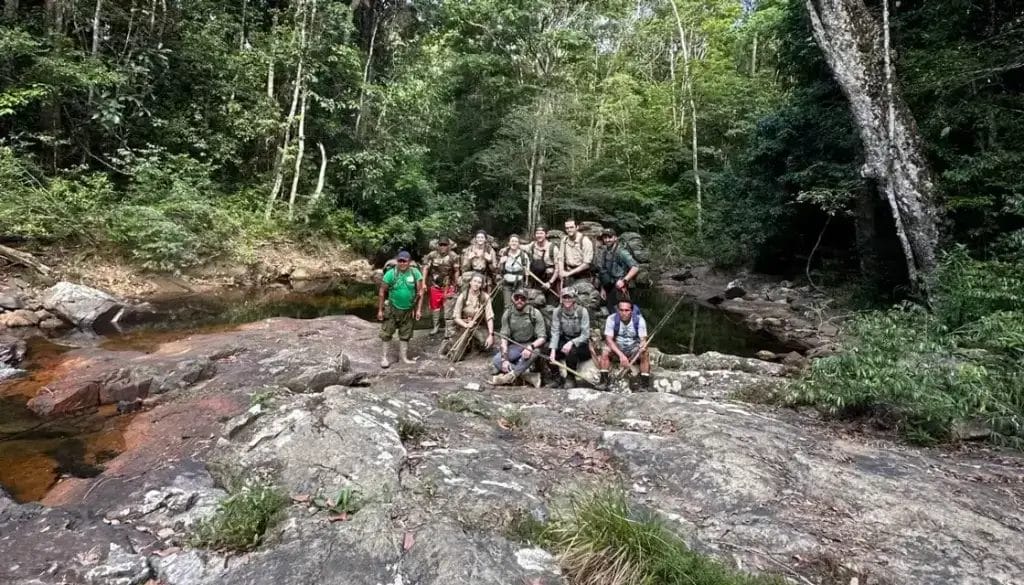

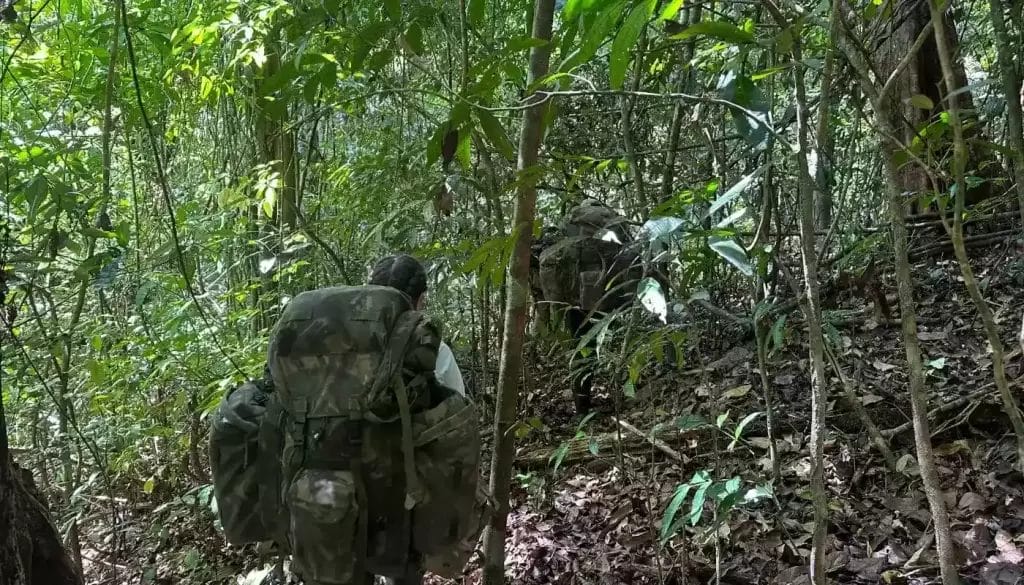
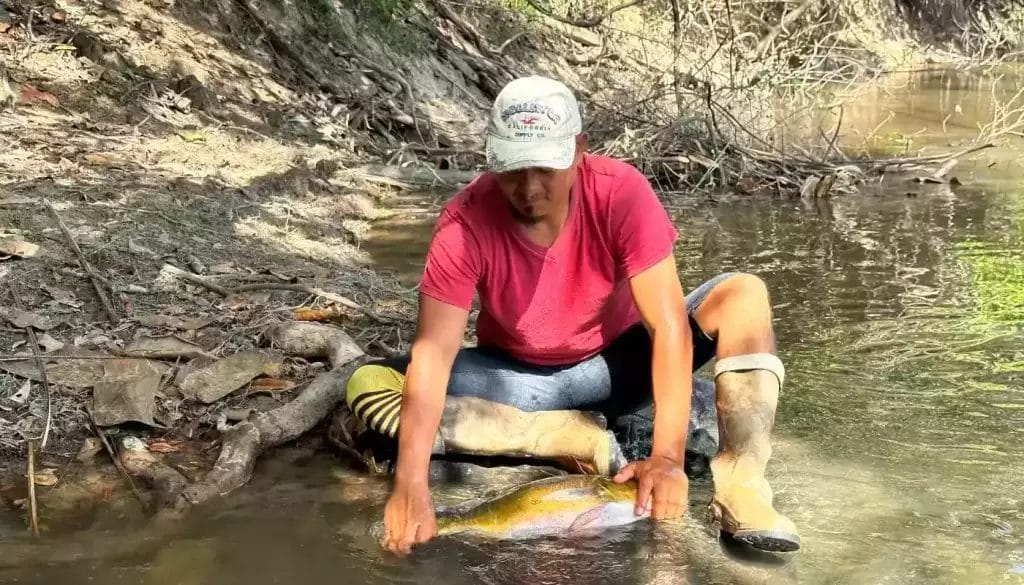
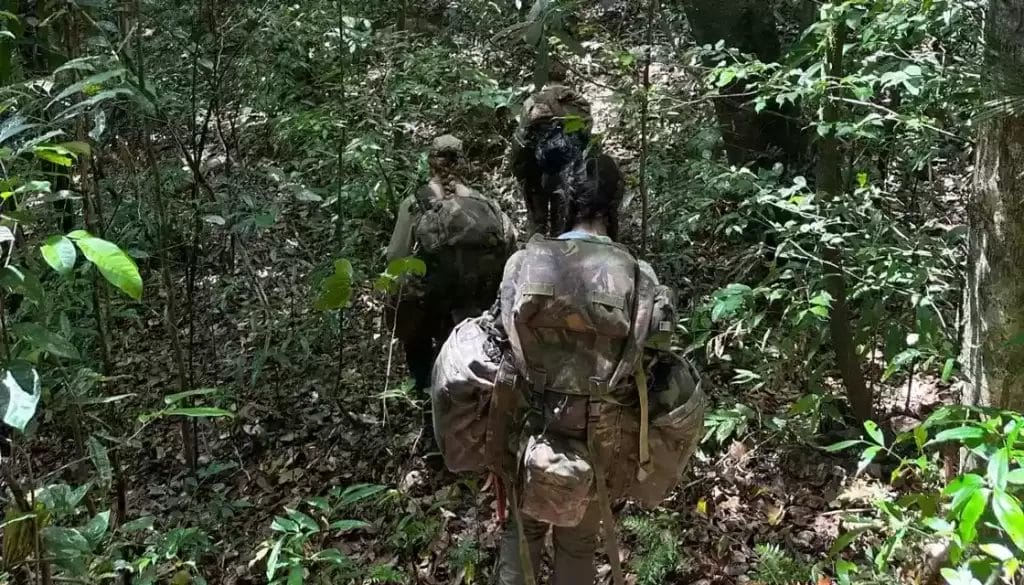






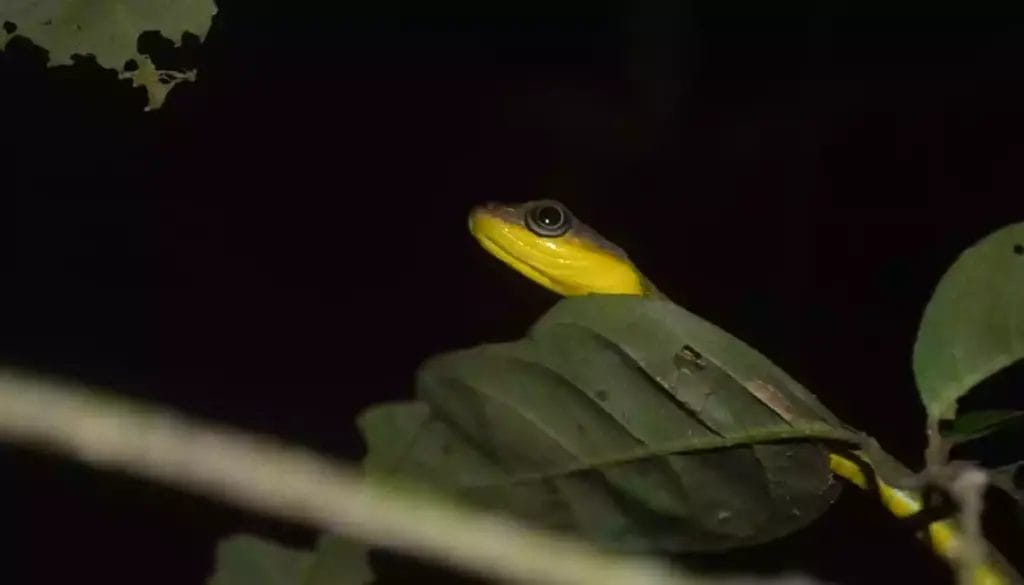



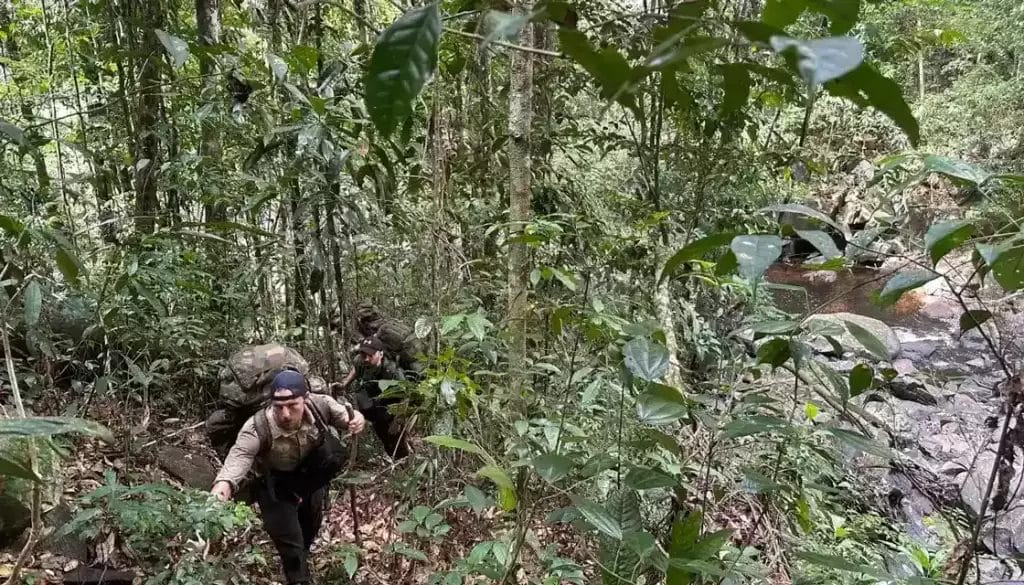
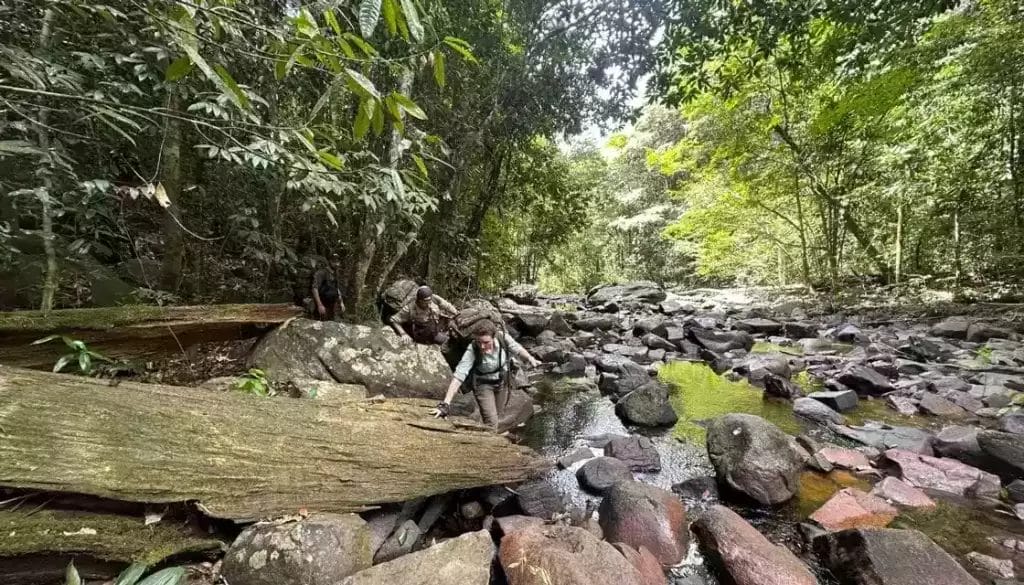
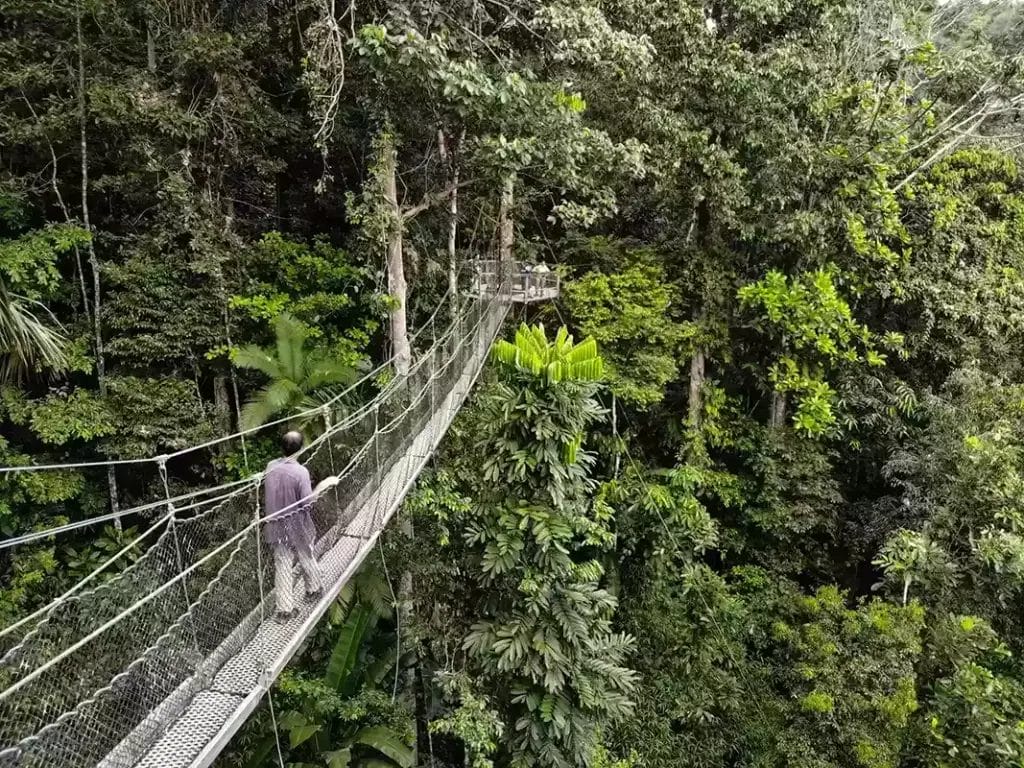








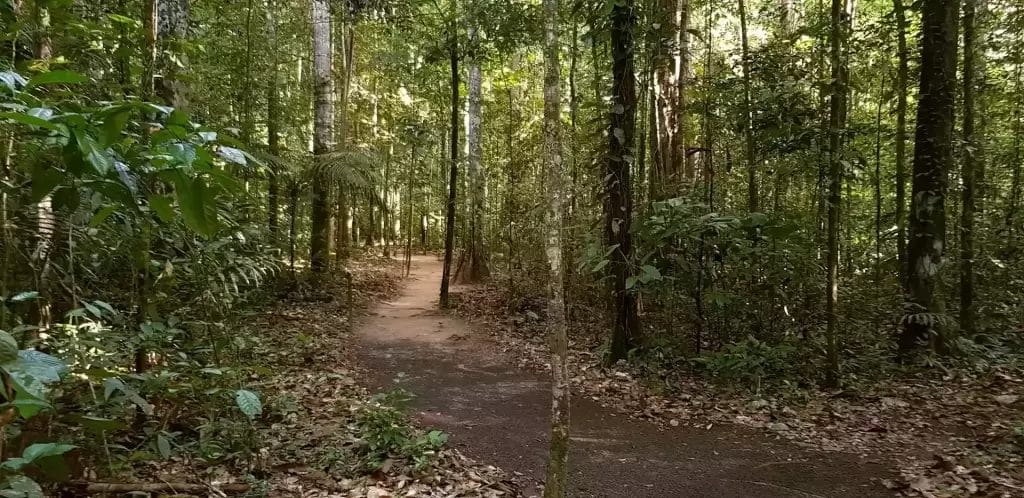





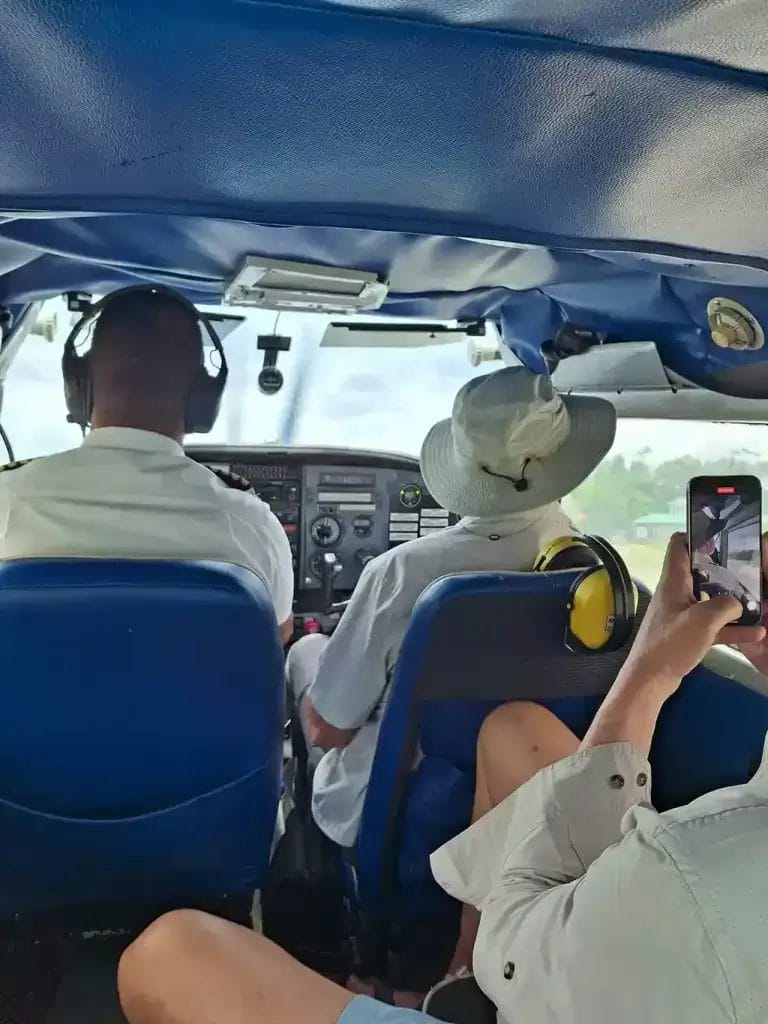

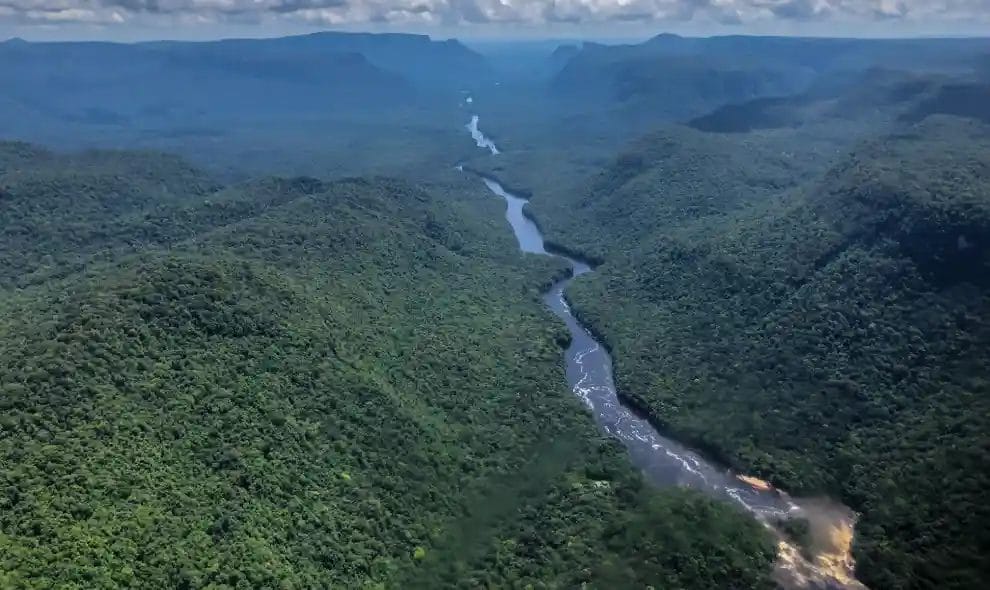
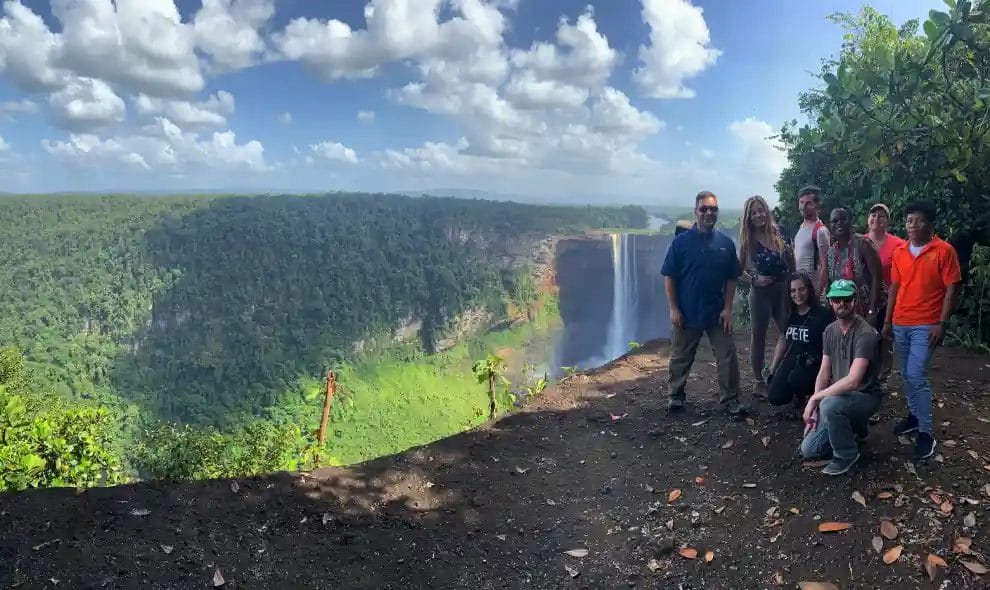

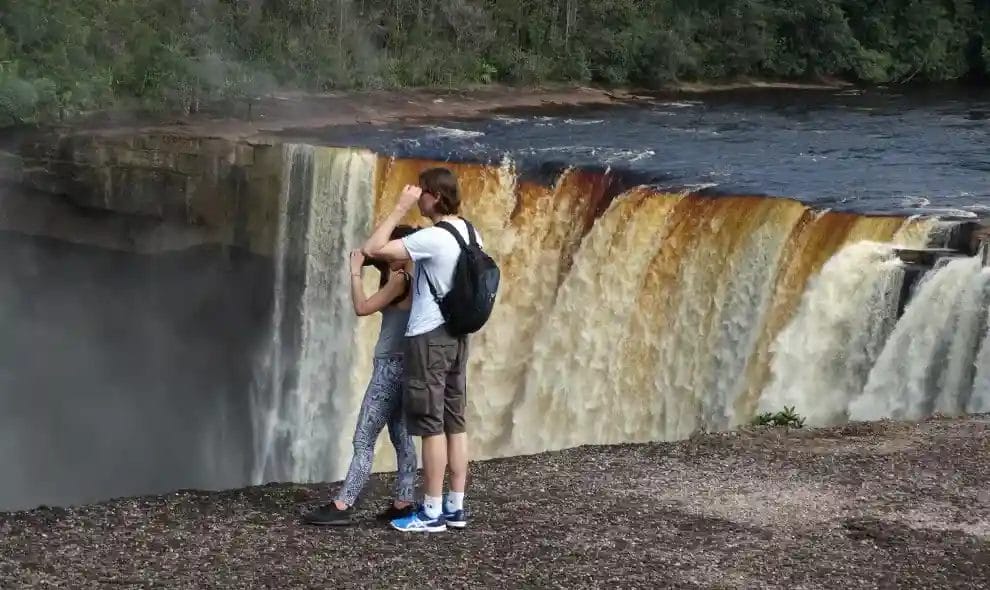


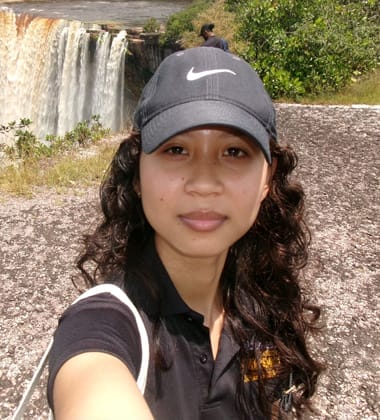
Write a Review